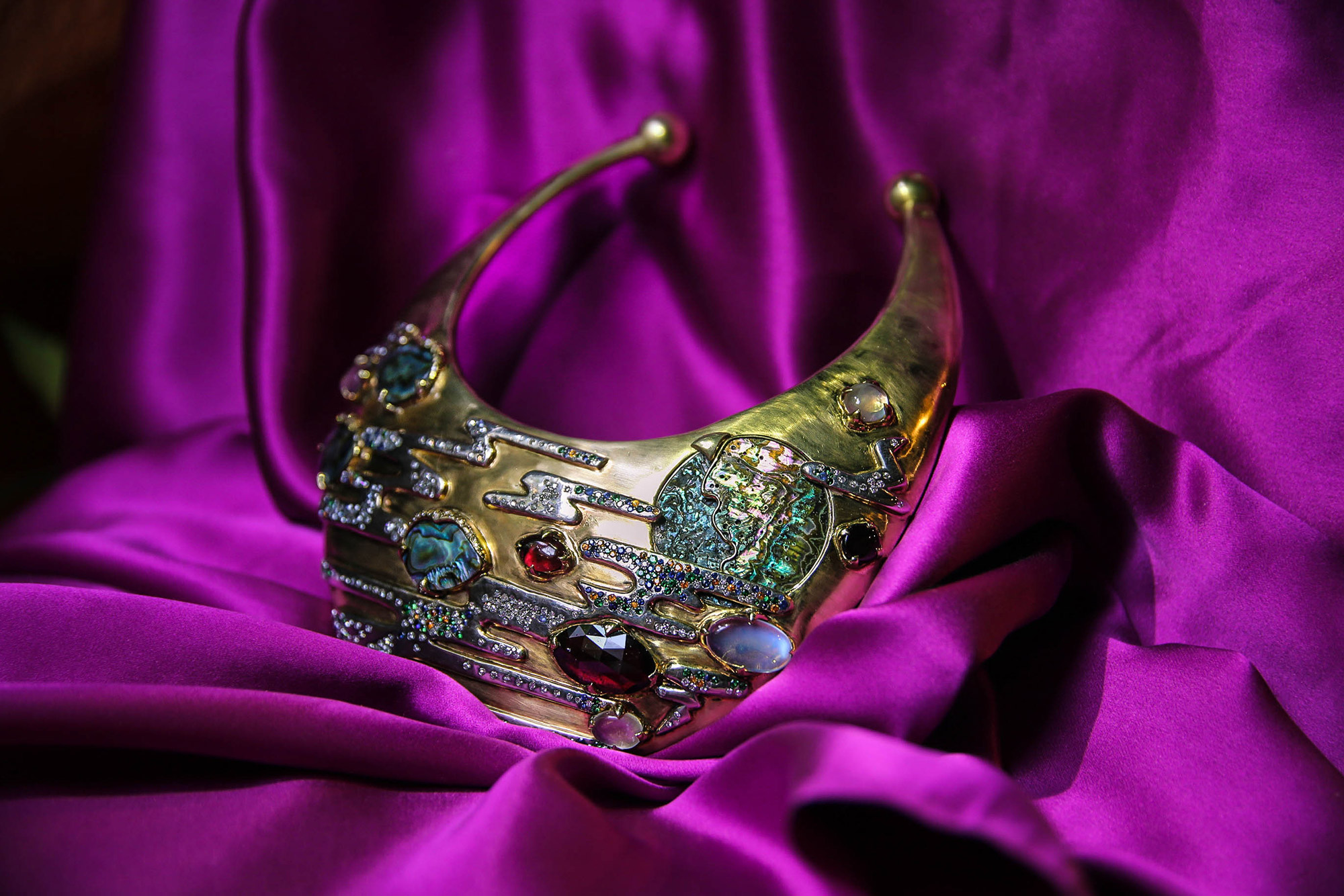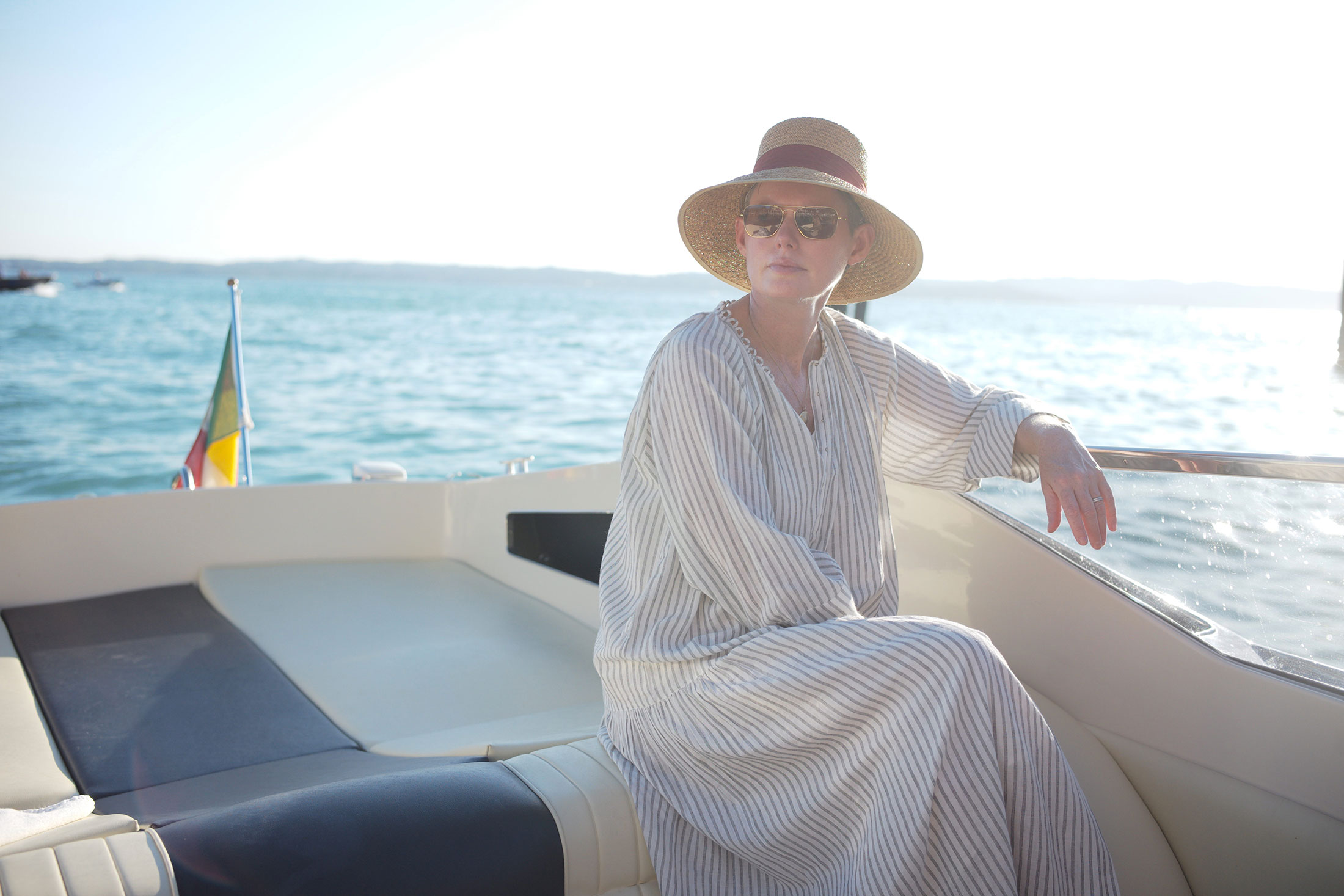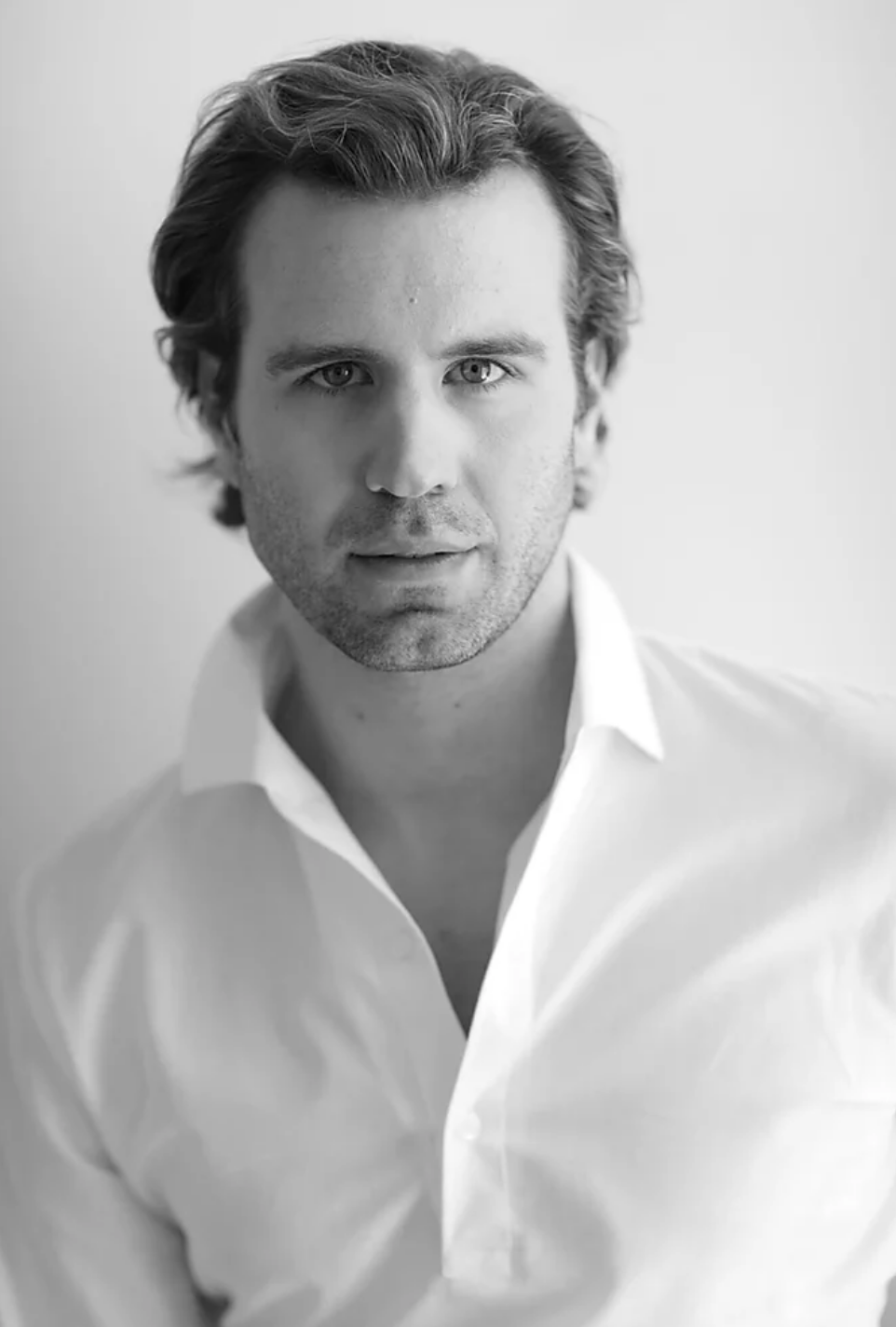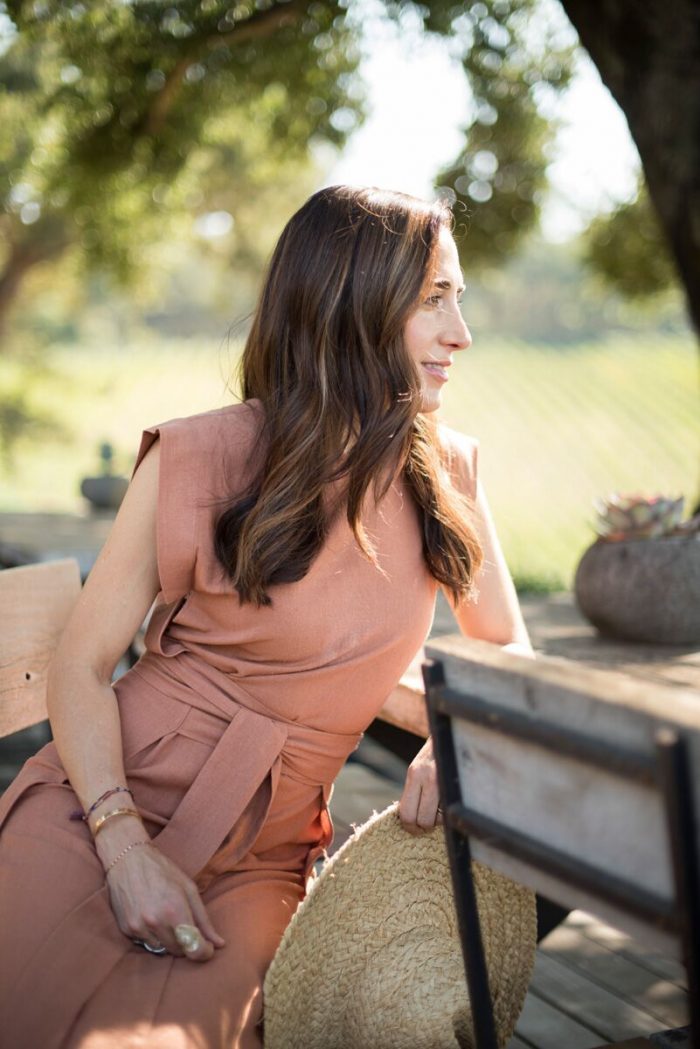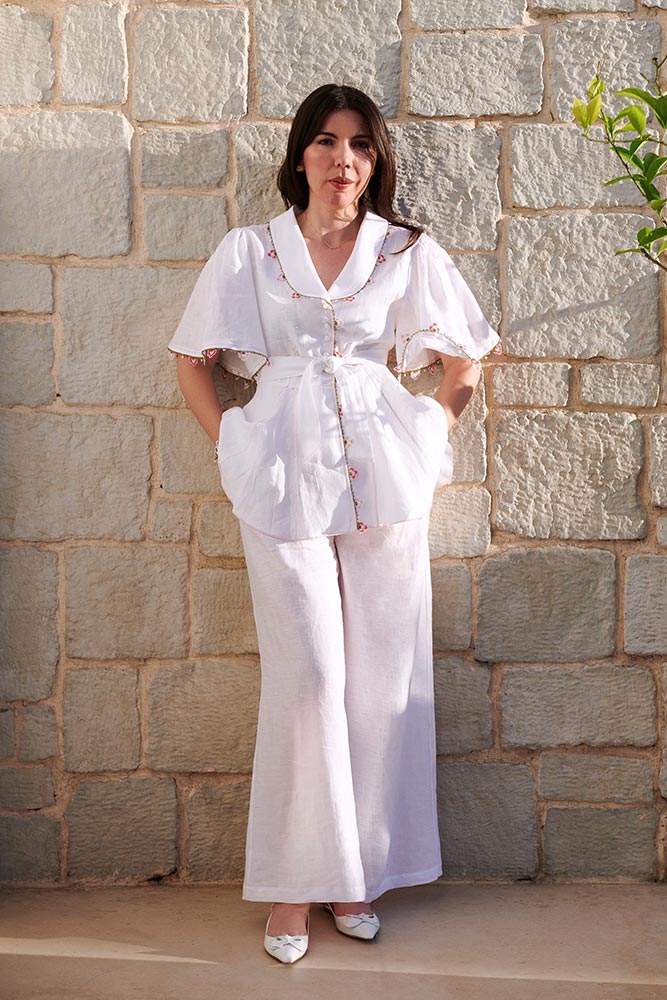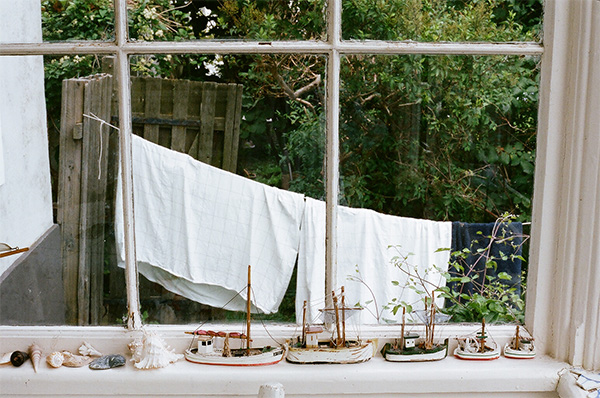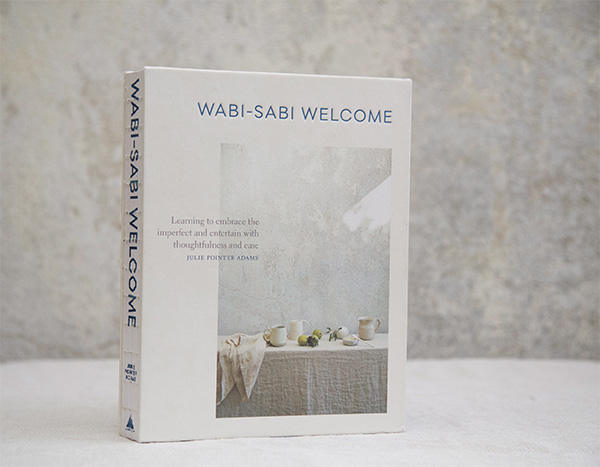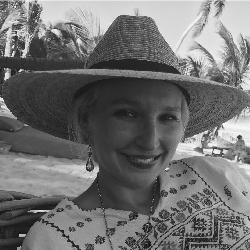Q&A with Peter Bellerby of Bellerby & Co
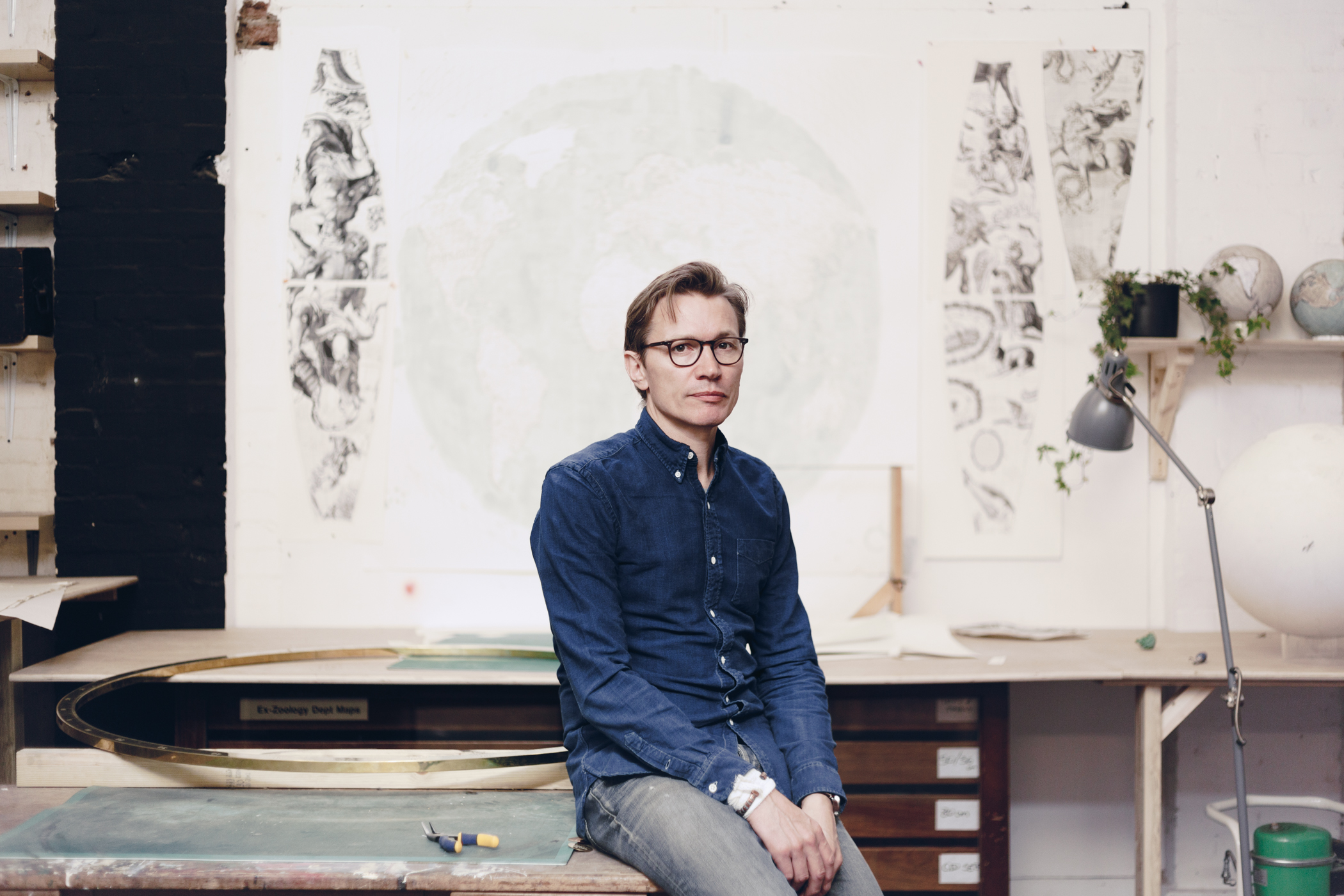
I’ve always been drawn to nostalgic things. Hand-written notes sealed with wax, Venetian intaglios carved in glass, and 18th century botanical posters of flowers, berries, and trees… these are a few things that stir my soul and remind me of another time. A well-loved globe is another nostalgic treasure, particularly in our age of GPS and Google Maps. Interestingly, there are very few traditional globe makers still working today. Peter Bellerby and his team of painters, engravers, woodworkers, and cartographers at Bellerby & Co in London are one of the last remaining globe makers in the world to make globes by hand in the traditional style. Since the 1400s, globes were made by etching the map onto copper plates, gore by gore, and sending them through a printing press. (Gores are the surfboard shapes that cover the surface.) The fragile paper gores would then be taken, wetted, and stretched across the shape so they conjoined precisely so. This process takes the utmost care as the paper can easily rip, tear, or bubble. Bellerby uses modern printers but the rest of their process remains the same, unchanged over centuries. Every Bellerby globe is also hand painted using hand-mixed pigments, so no two are ever alike. Most interesting are the bespoke globes that Peter and his team make for clients all over the world, colored with special symbols and messages that tell the owner’s story. The company just released their first Moon Globe with the lunar landing sites along with a Silk Road Globe illustrated with spices, landmarks, animals, and people. I had the pleasure of working on two stories about this company, one for American Way (American Airlines in-flight magazine) and the other for The WSJ Magazine. This year Bellerby is collaborating with Mr. Porter on a line of Mini Desk Globes. While their bespoke globes have a lengthy wait list, these globes are ready to ship, each made with love and care. Below, you will find my interview with Peter Bellerby. I hope you enjoy his work as much as I do.

